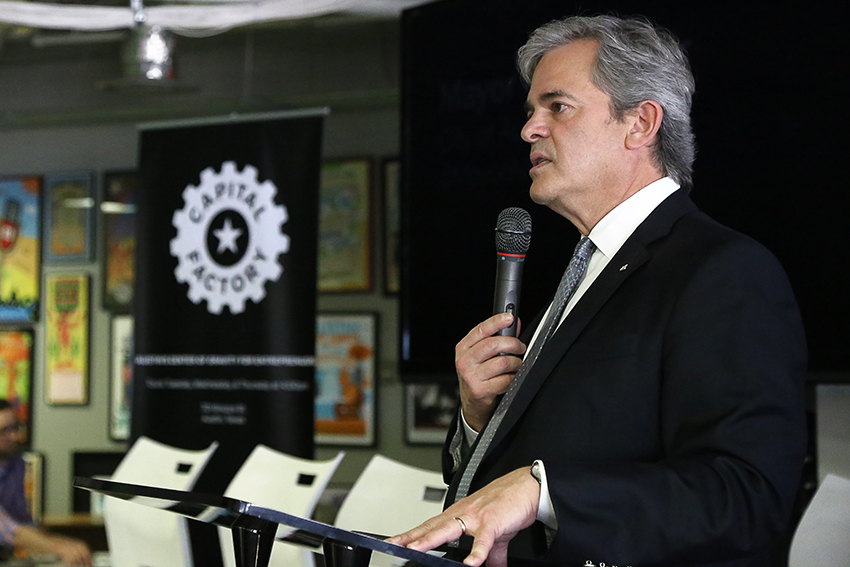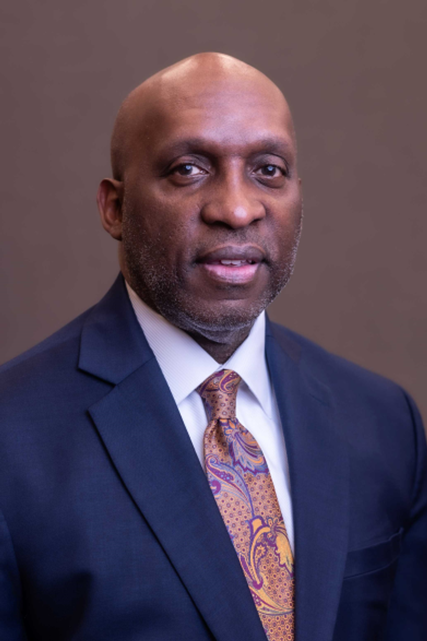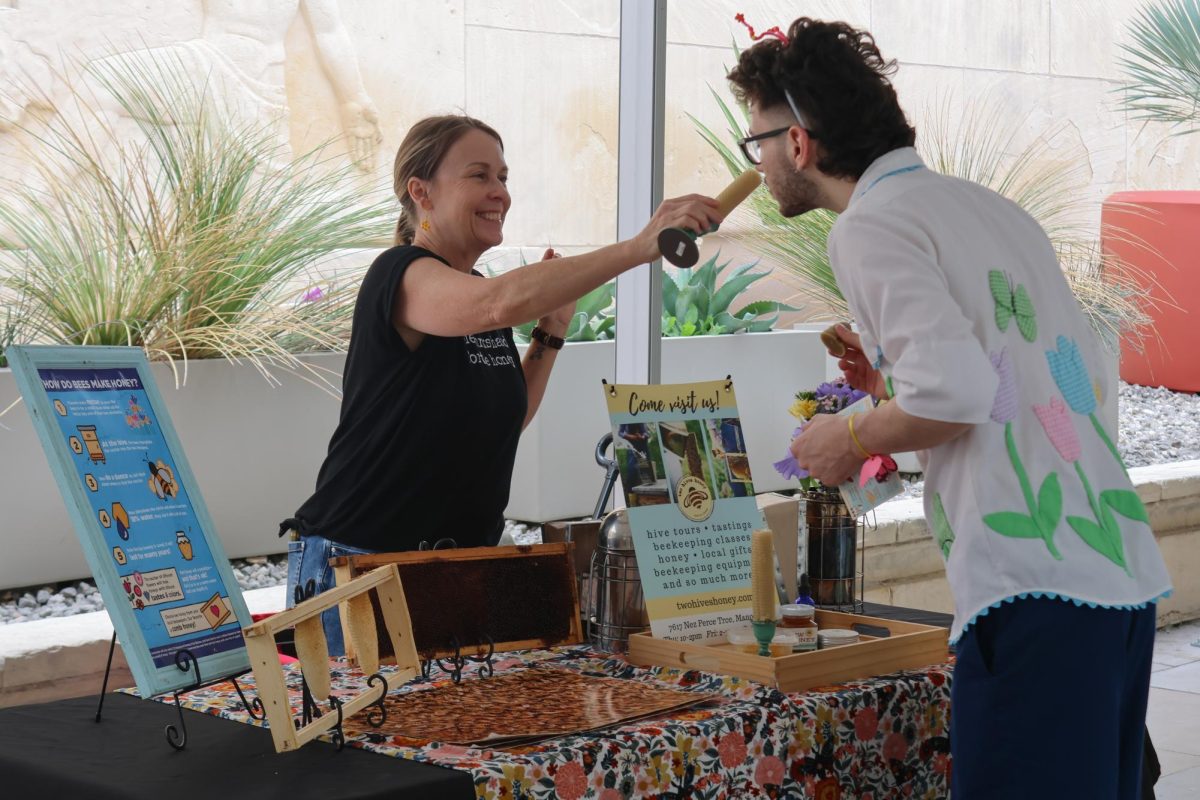CodeNEXT, Austin’s initiative to update its land development code, focused on environmental aspects of the plan at a Monday event, bringing in experts to highlight problems with urban forests and parks.
The last revision of the code was in 1984, and issues such as diminishing natural resources, the availability of affordable housing, and public access to healthy lifestyles will potentially be addressed in the update. Hosted by CodeNEXT, CodeTALK took place at Austin City Hall, featuring code writers and environmental panelist experts from around the city.
The five key elements the environmental section of CodeNEXT seeks to address are: water stewardship, flood mitigation, urban forest preservation, parks and open space and nature in the city.
Code writer Erin Wood said Austin has experienced an increasing urbanization of the city, more extreme cycles of drought, flooding and a strain on the water supply.
“Two of the key priorities … (are) one, sustainable management of our water resources, and the other key priority is this idea of integrating nature into the city,” Wood said.
In 2013, Austin was ranked number one on the list of best cities with urban forests, landscape architect Clark Bockhahn said. He said it’s important to protect this natural resource to continue having a beautiful city to live in and to maintain the character of Austin.
“Right now the code is really geared towards saving specimens and saving individual trees, but we need metrics also to determine what standard trees are important versus one large tree,” Bockhahn, a panelist, said. “Moving forward, it would be nice to have more standardization in how we mitigate the existing impacts on trees.”
Urban planner Lynn Osgood, a panelist, said part of the problem with the current code regarding parks and open spaces is that we are talking about city spaces as a subset of environmental issues exclusively.
“I believe the complexity of creating and maintaining successful small urban spaces needs to be addressed in much fuller terms,” Osgood said. “How do we talk about these issues if the spaces we’re talking about are not like traditional parks? How do we talk about them in terms of strong relationships with affordable housing so it’s not a zero-sum game? I do believe we have a lot of work to do so that we have accessible park space for new and current residents.”





















